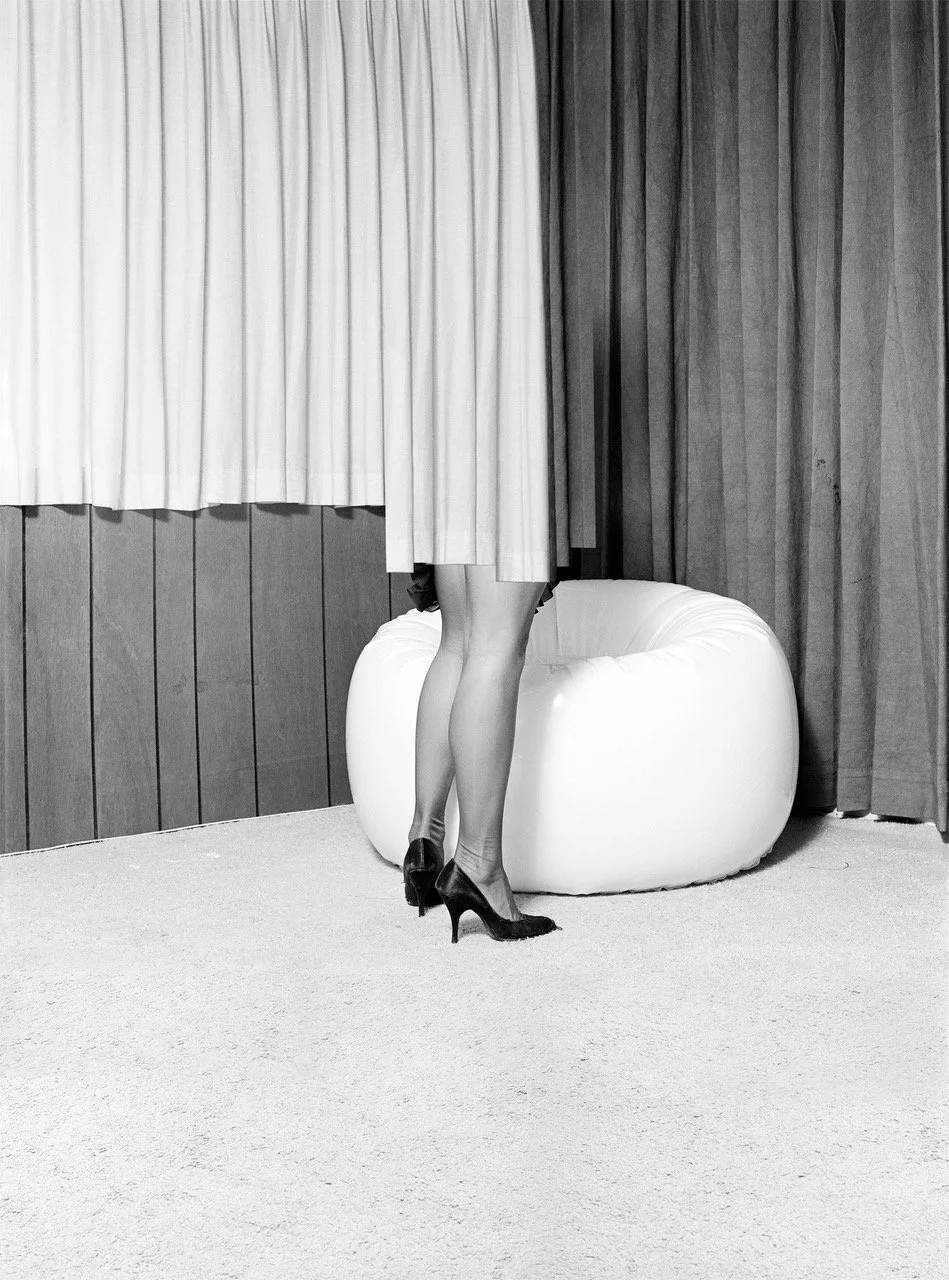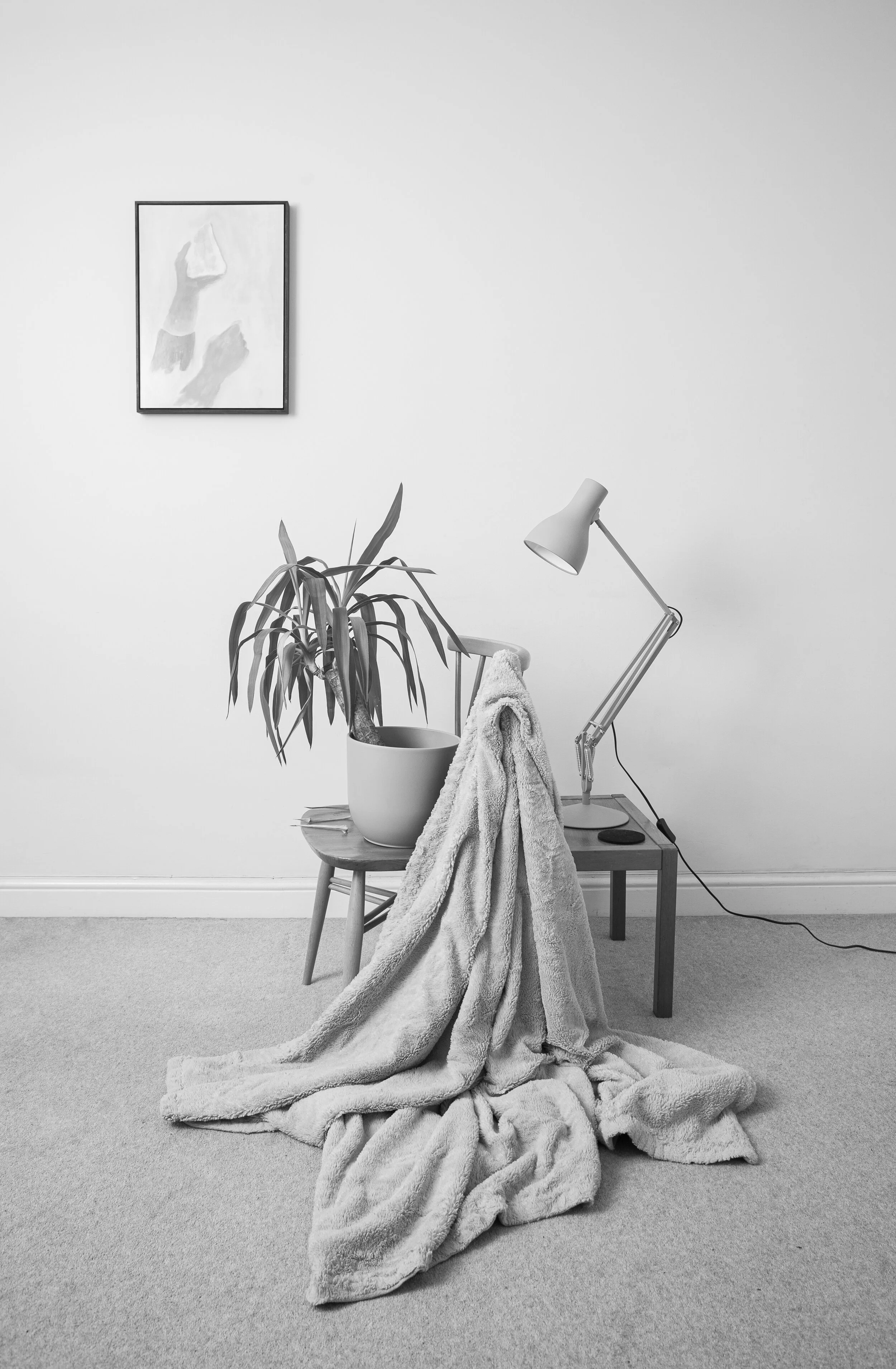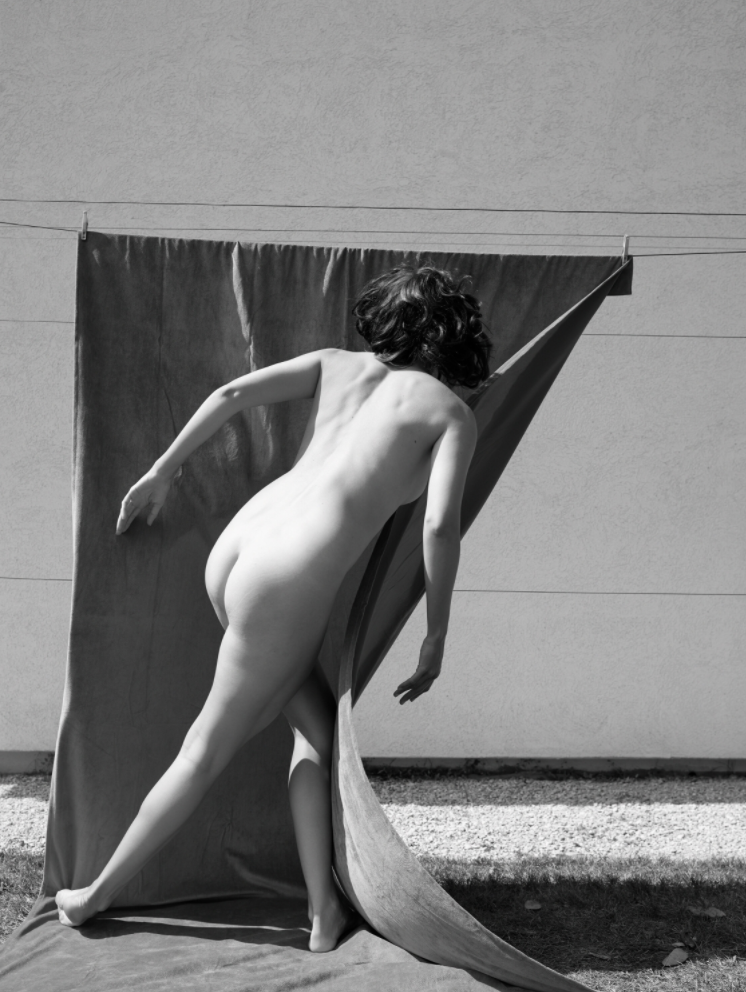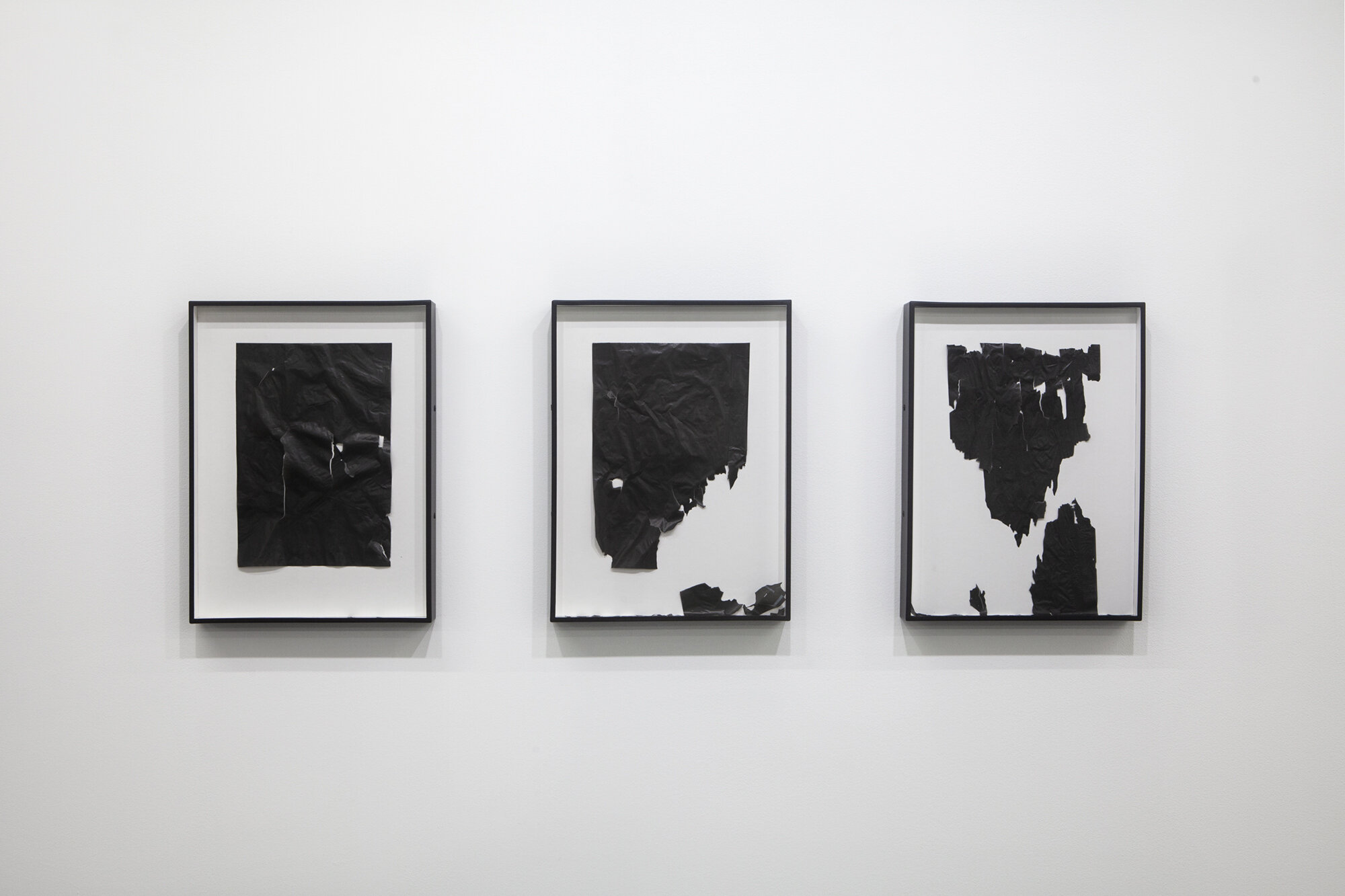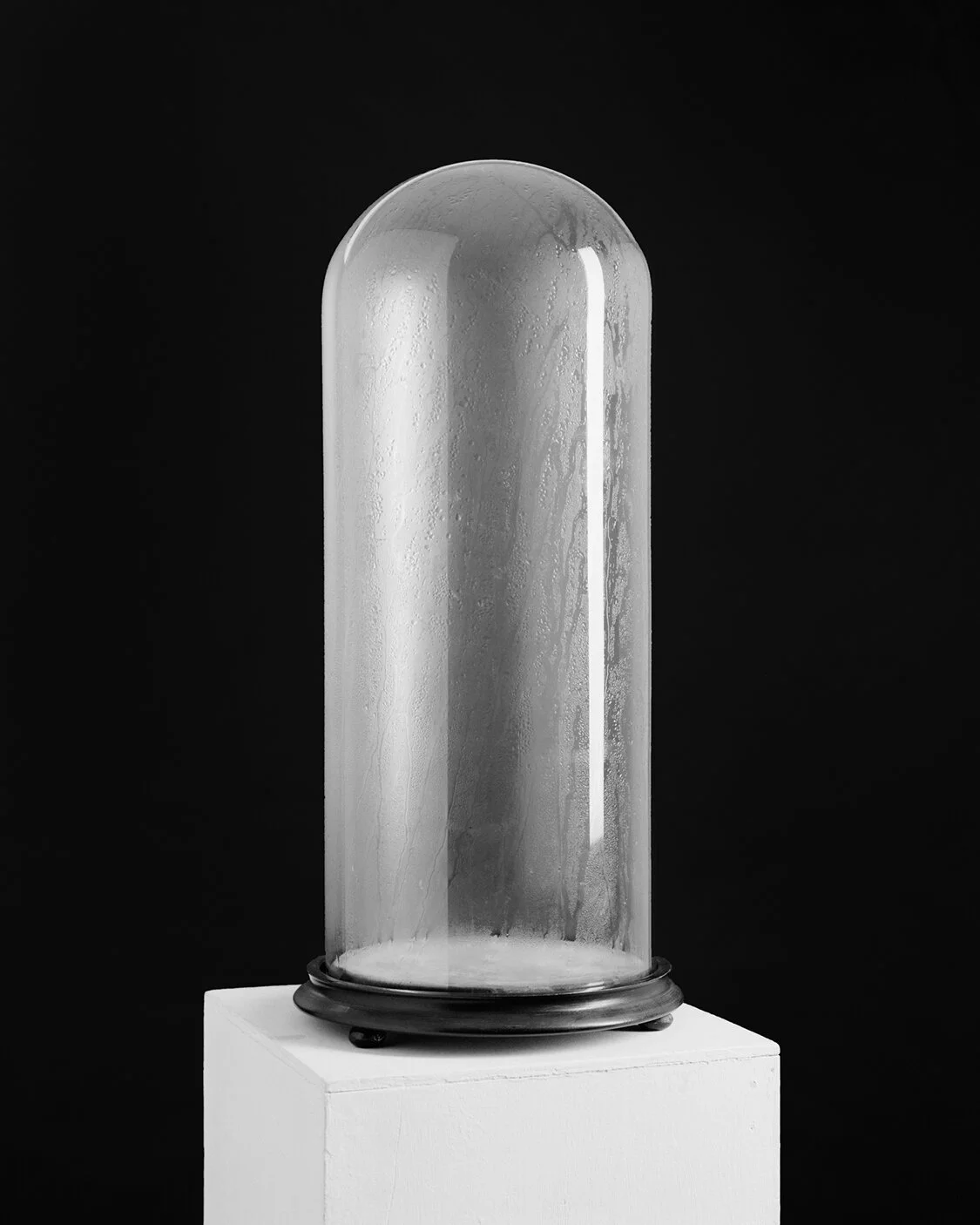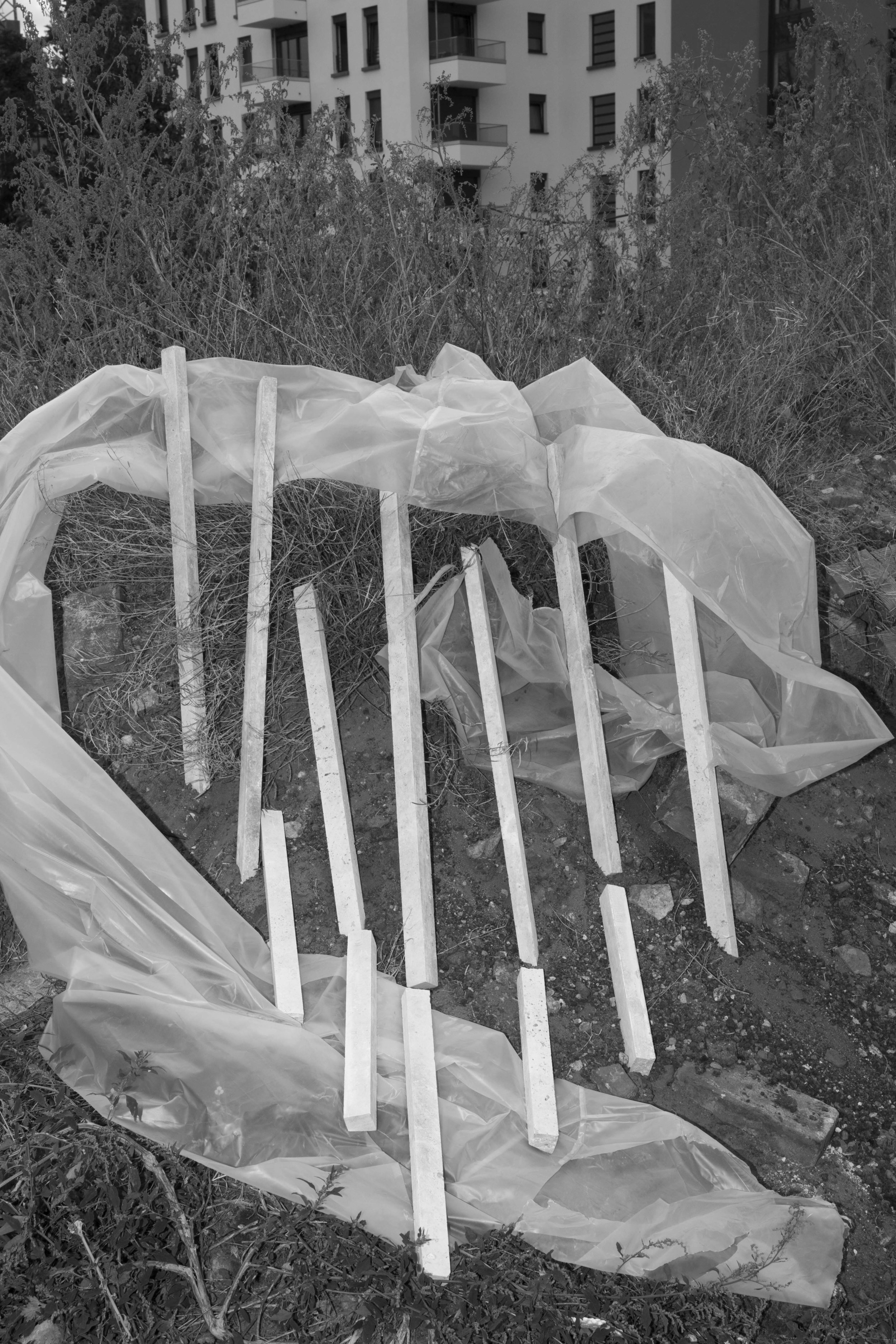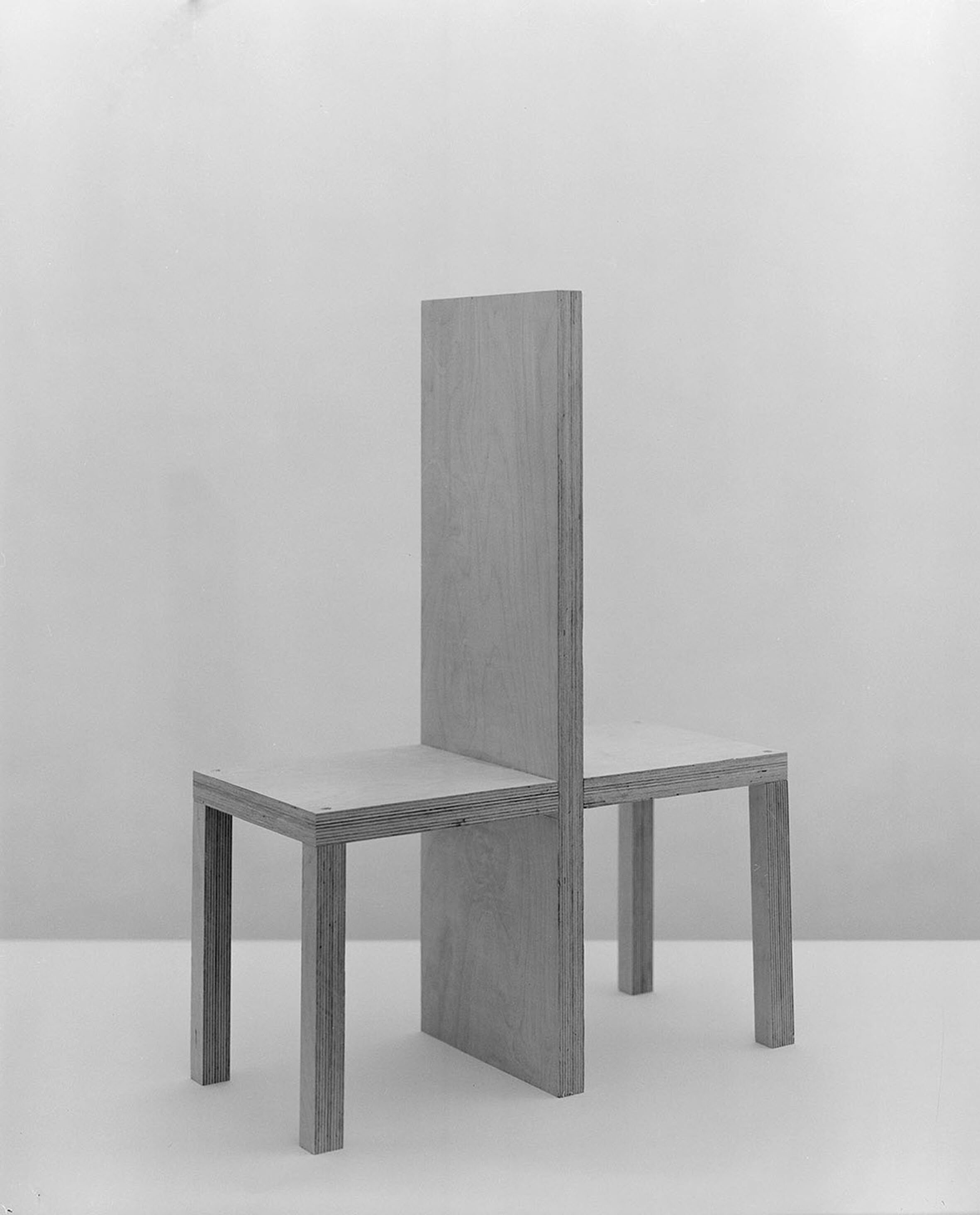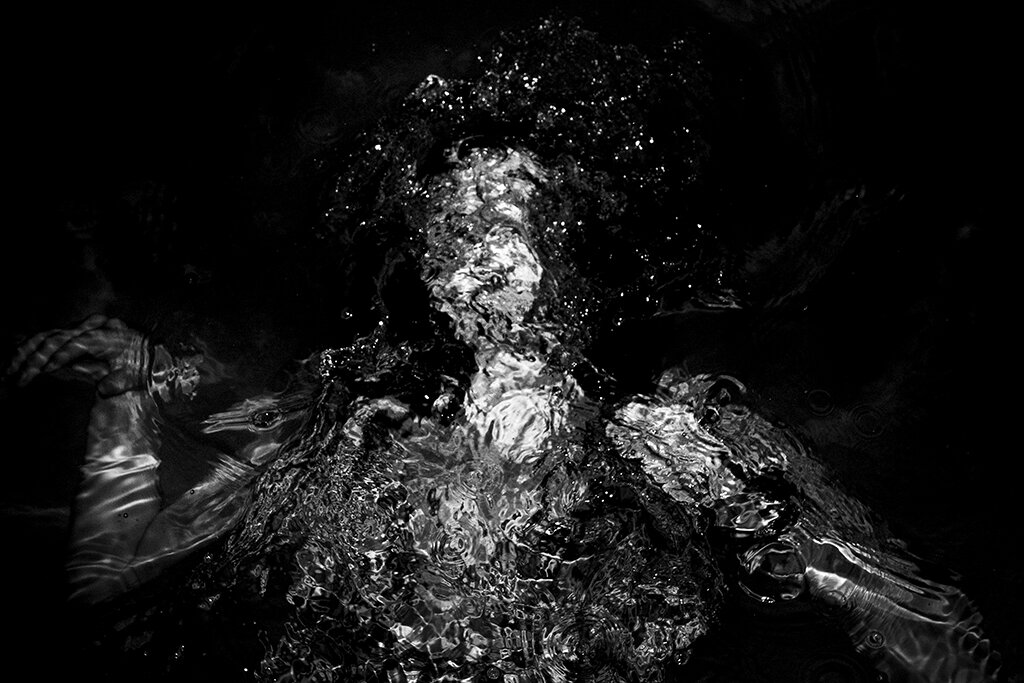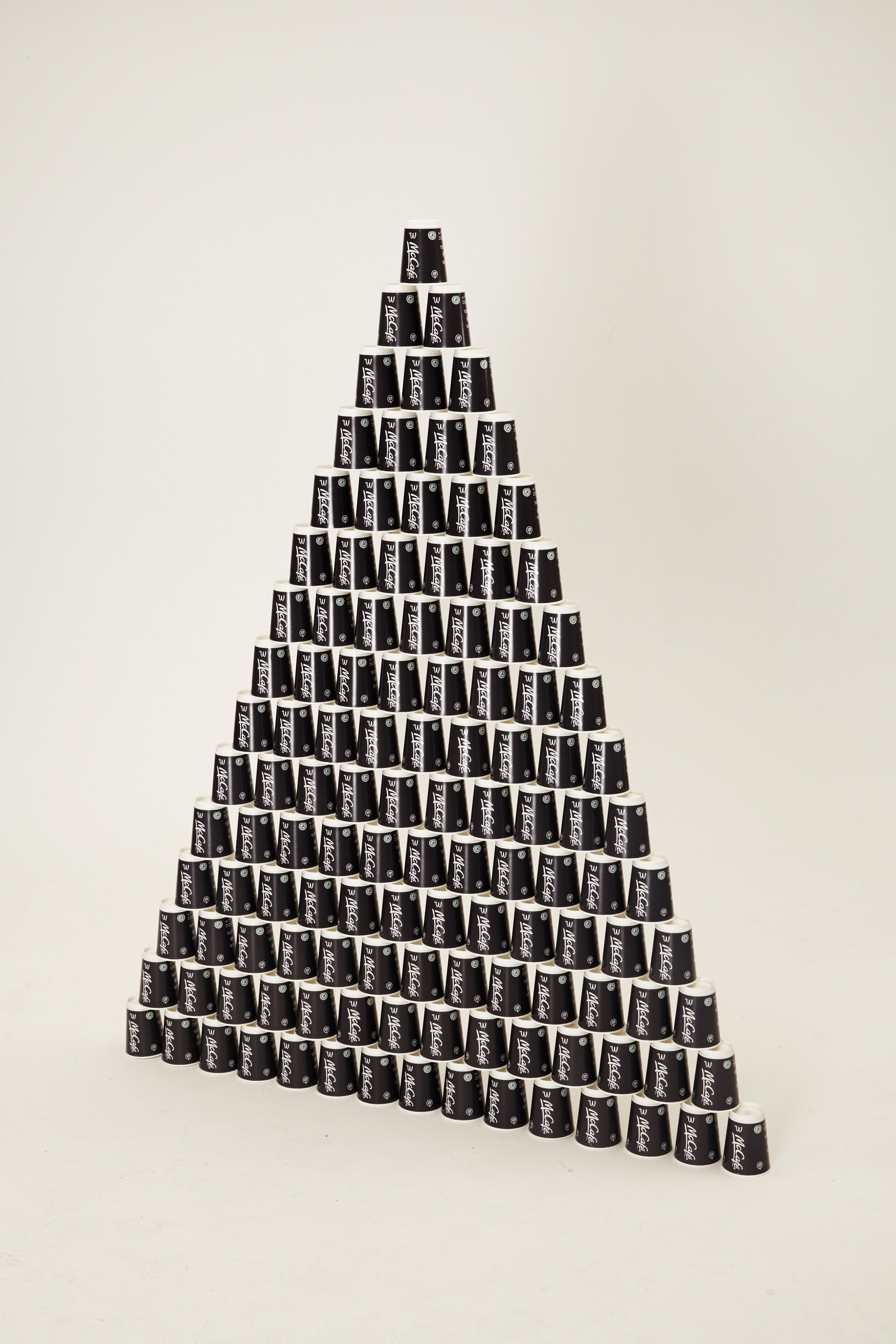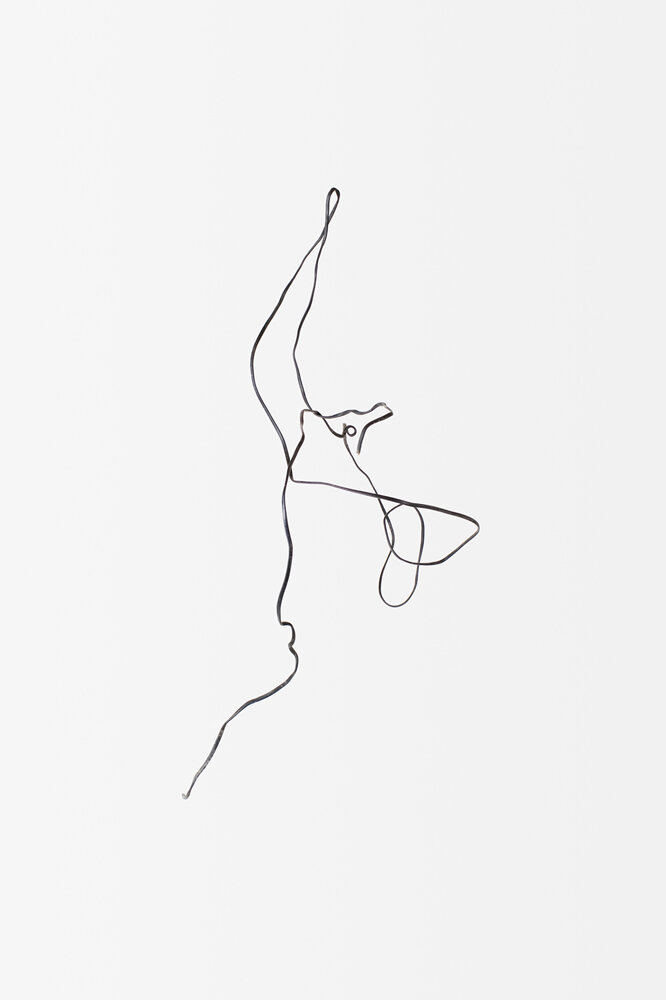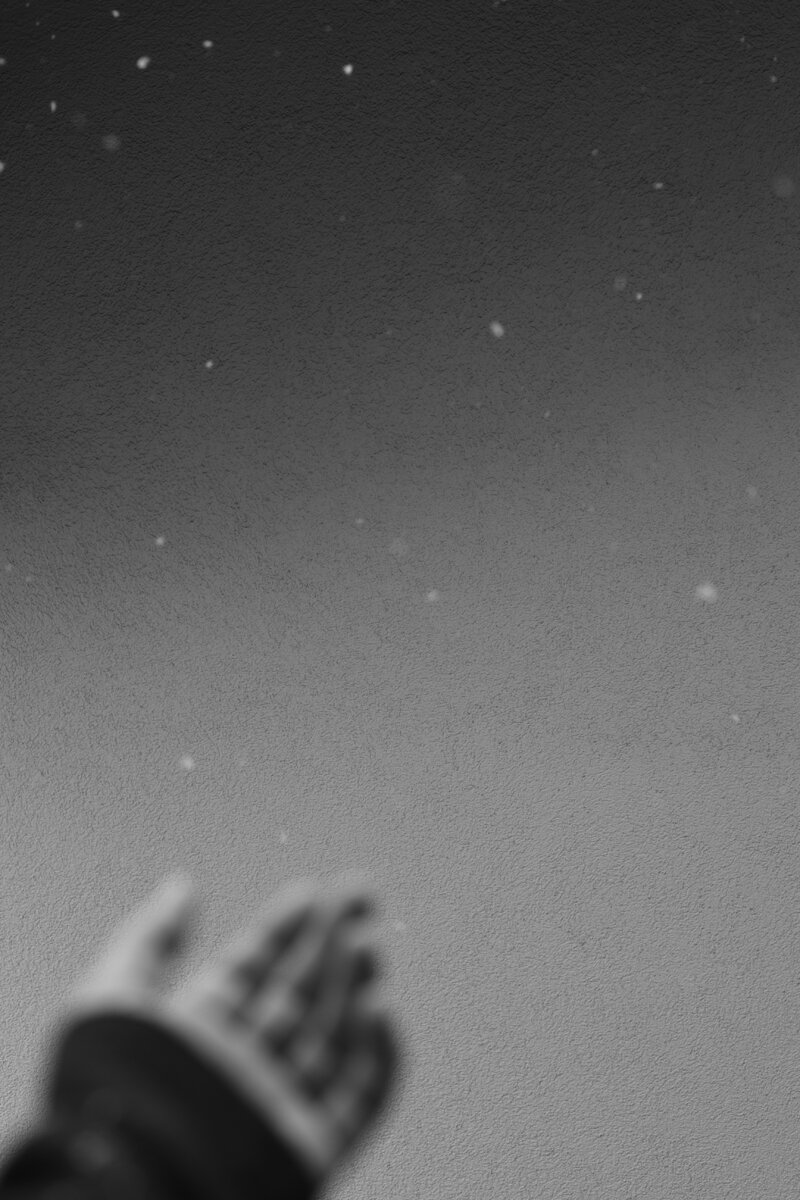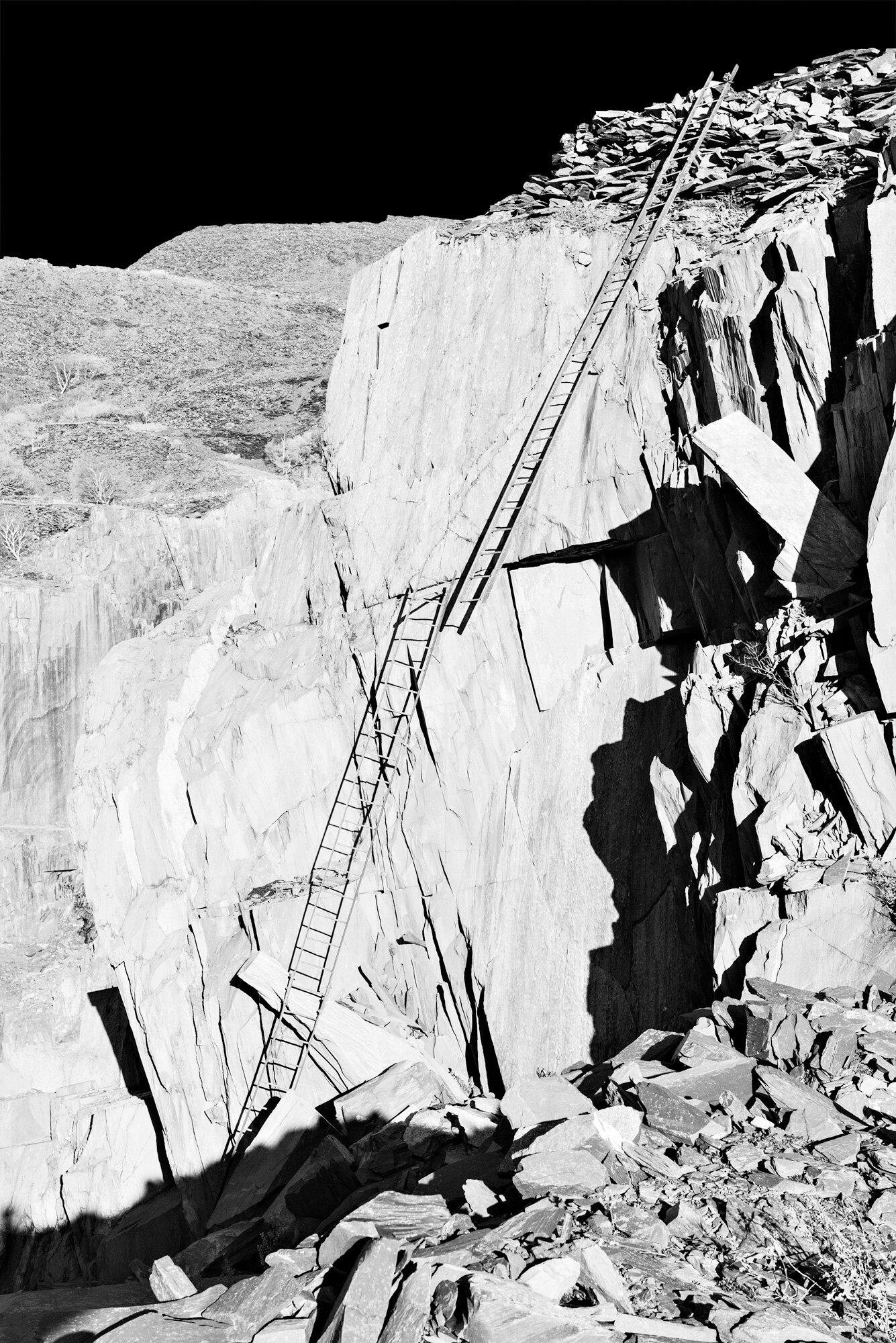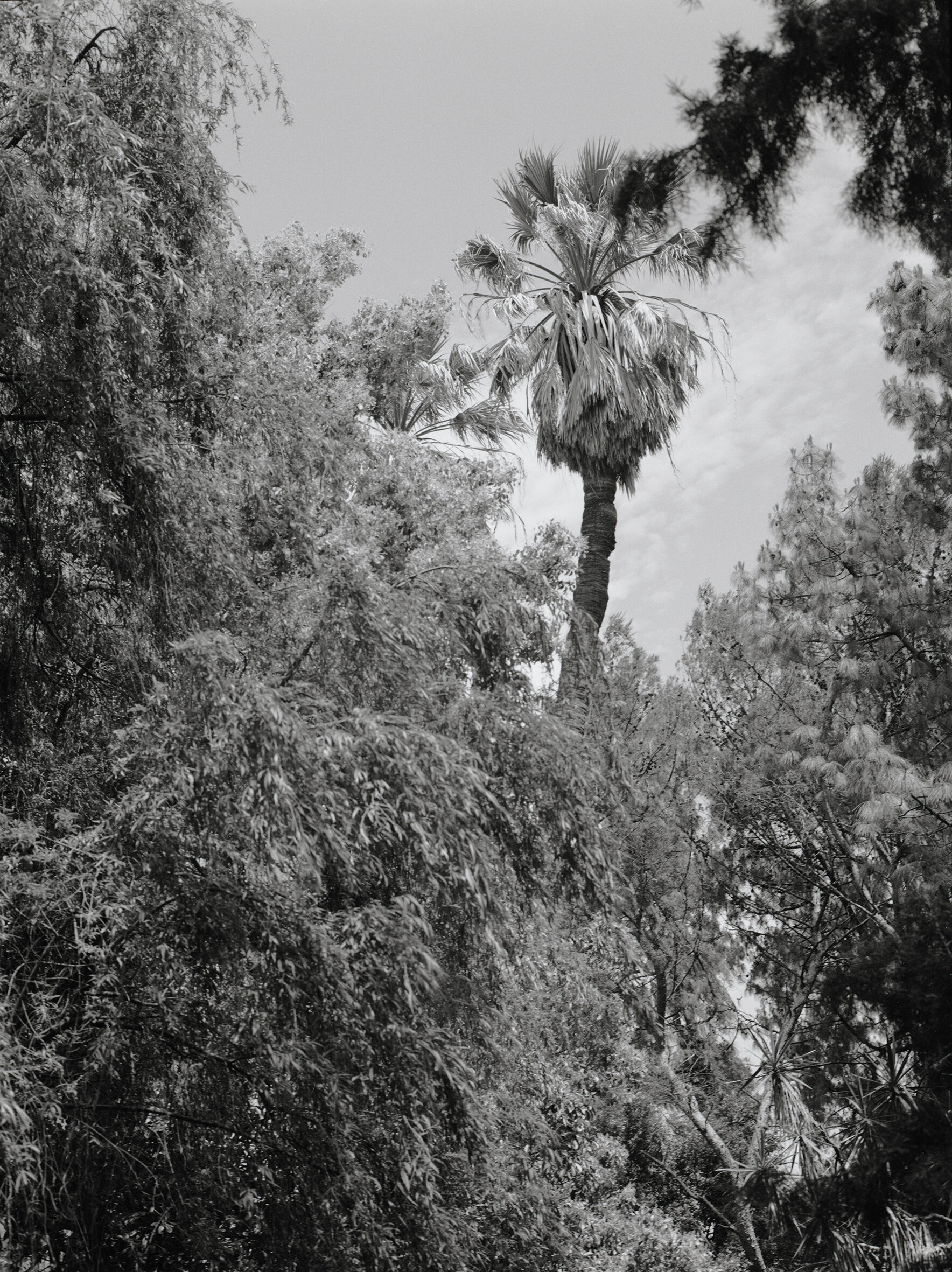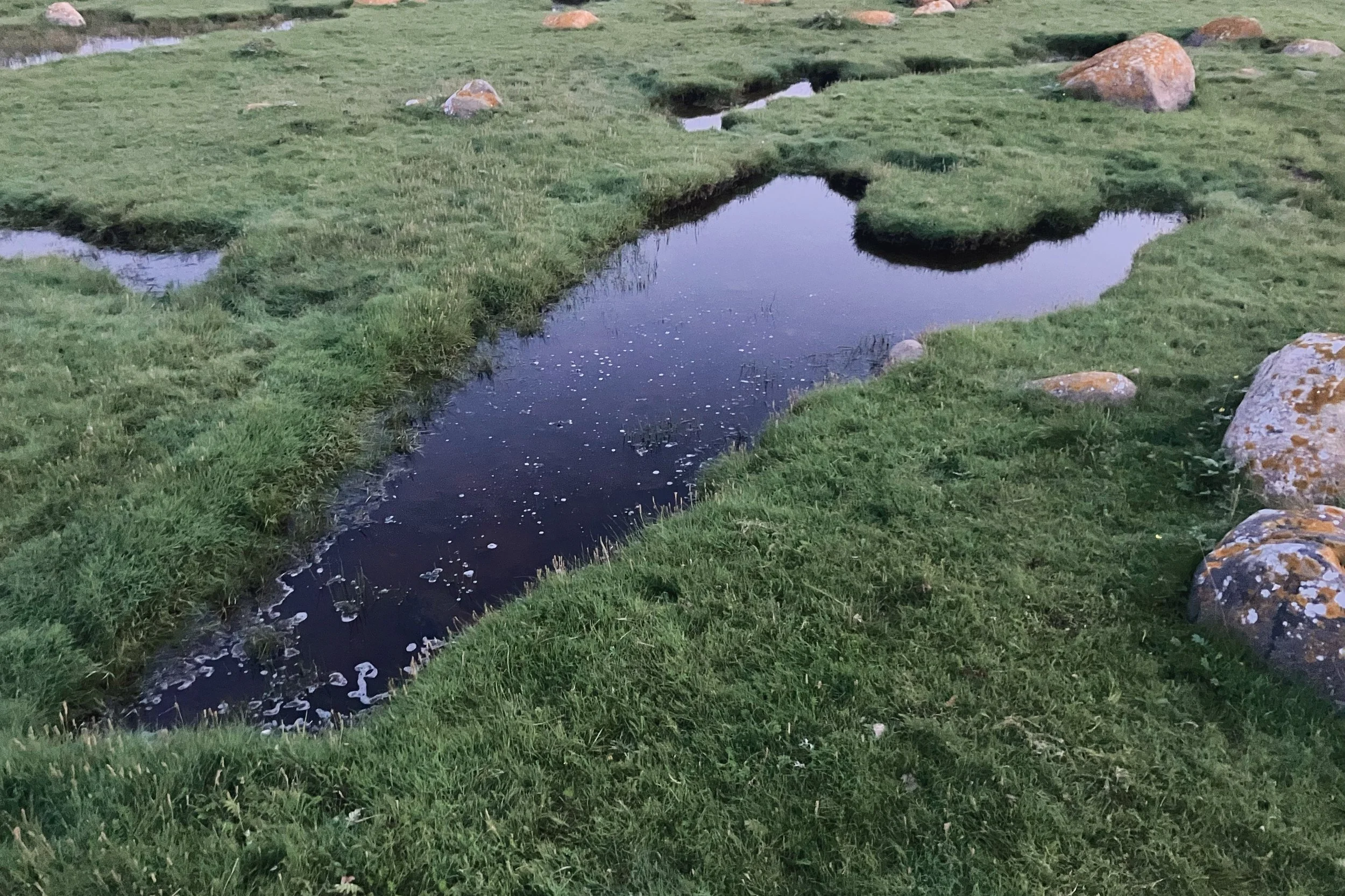Inka and Niclas #43
INKA AND NICLAS
This interview focuses on the artistic process to the work seen in the Sculptural Landscapes show in Malmö, January 2021; we learn about Inka and Niclas’ sculptural practice and how it relates to construction, deconstruction, or both.
Tell us about your process. What reference or influence (if any) do you take from other mediums?
Our works typically deal with the consumption of landscapes through lenses and screens. We seldom at least consciously make references outside the realm of photography. Technique wise we get a lot of inspiration from the whole DIY movement. There is so much great craftsmanship within the custom car and motorbike scene for example.
Our process is a fluid and associative search that's been going on since the beginning of our collaboration back in 2007, one thing leads to the next. Showing works in exhibitions and print has always been like cutting out and showing an excerpt of where we are in this ever going process at that particular moment. When the work branches out in some new direction it's we try to go with it and don't formulate ourselves in words too early.
Progression usually comes from something we stumble on, or that we are forced to think new. We recently had a public commission where there were no walls, one of the bi-products from that process is 4K Ultra HD IV (on display at Galleri Format). That one led to currently six more works in the same manner that we just finished. Working with new materials like that, opens doors for all kinds of possibilities and reflections, typically the whole idea that got us started in the first place changes with us growing into a certain technique or field of interest.
Are these pictures concerned with exploring formal and aesthetical interests – studies of form, colour, movement, how things work together, or are they representational, metaphorical?
All those! No, but it takes time to do art and during the process we discuss and look at the work from a lot of angles, what we found interesting when doing the work changes over time.
We are interested in the representations of nature in photography, the whole loop of representations feeding expectations, in turn feeding new representations, like a game of telephone.
When we photograph and edit, each series has its own conceptual framework. When we exhibit or present otherwise we usually start off thinking that we should do this conceptually strong presentation of one of the series, then we realize it becomes too stiff for us that way. So to infuse some energy we start breaking up series and mixing works that were not intentionally made to be together. At that stage, at least for a little while, it all becomes about color, form and communication between the works.
Typically, are your works more about construction or deconstruction?
Deconstruction and then reconstruction, we're thinking that messing things up a bit is a great way to force contemplation.
Are you interested in the notion of your pictures as objects? Do you think about how their physicality may endure as you are photographing them or is that an afterthought?
When the photograph loses so much of its photographic qualities that it becomes something else, and the form is so much a photograph that the sculptural qualities become secondary, we are left with something fascinating. The most common way is that the photographs used come from our archive. Either from leftover exposures or out of actual presented works. We have also done it the other way around and gone out with the camera collecting surfaces or structures that we needed for sculptural works, but then it has a tendency of becoming a bit more calculated. We like to be surprised.
Often sculptural photographic works are concerned with elevating banal objects, situations or events to a status of ‘art’ – when does something become art for you?
Back to construction/deconstruction again, we need to have some element of construction involved, we need to add something to the scene for the scene to become ours. We have been standing so many times in this perfect scenery with amazing light holding the camera and just panicking because we don´t know what to do with it. Snapping a straight photo of the view is just repetition, it can become a nice photo but we need to reflect on what we are doing, and then decide on what we need to do to own it.
Inka (Finland) and Niclas (Sweden) Lindergård is an awarded artist duo who works primarily with photography-based art. They have worked together since 2007 and live in Stockholm, Sweden. The materiality of photography is crucial in Inka and Niclas Lindergård’s work which tells of the contemporary perception processes of nature and the connection of the photographic medium with the stylisation of landscape. Bright utopian landscapes in their works address the spectators’ experience, making them notice not only the beauty but also the culture. An open portal to the hyperrealistic synthesis of beauty, kitsch and visual desire in the language of photography. Their second book ‘The Belt of Venus and the Shadow of the Earth’ (2016, Kerber Verlag) revolve around performative photographic acts that can only be experienced through the photograph, an investigation into the of the act of taking a photograph and the camera’s role as a bridge between the physical world and the photographic. It was awarded the Swedish Book Art Award 2016 and nominated to The Swedish Photo Book Price 2018.
Collective was a interview series I did with focus on the artistic process of one emerging artist; we learn about their sculptural practice and how it relates to construction, deconstruction, or both.
Published 15 January 2021





